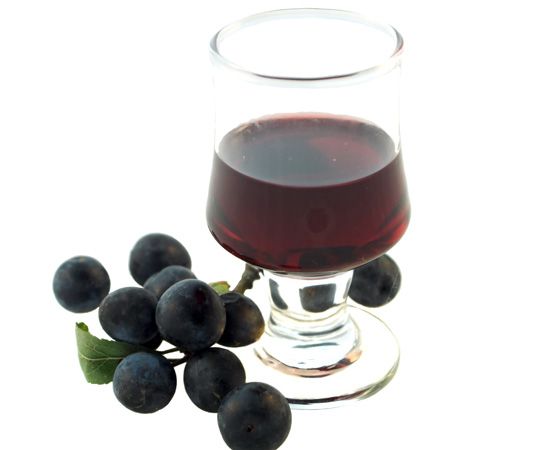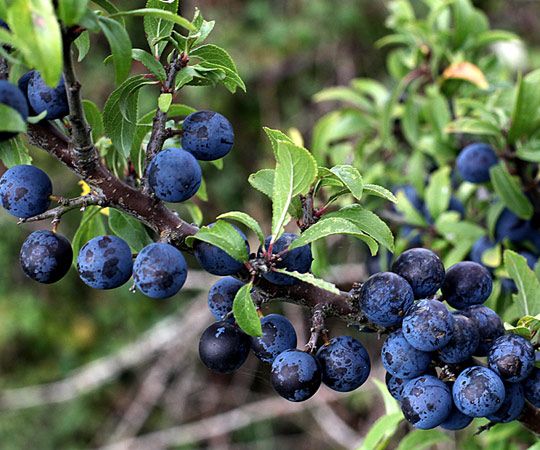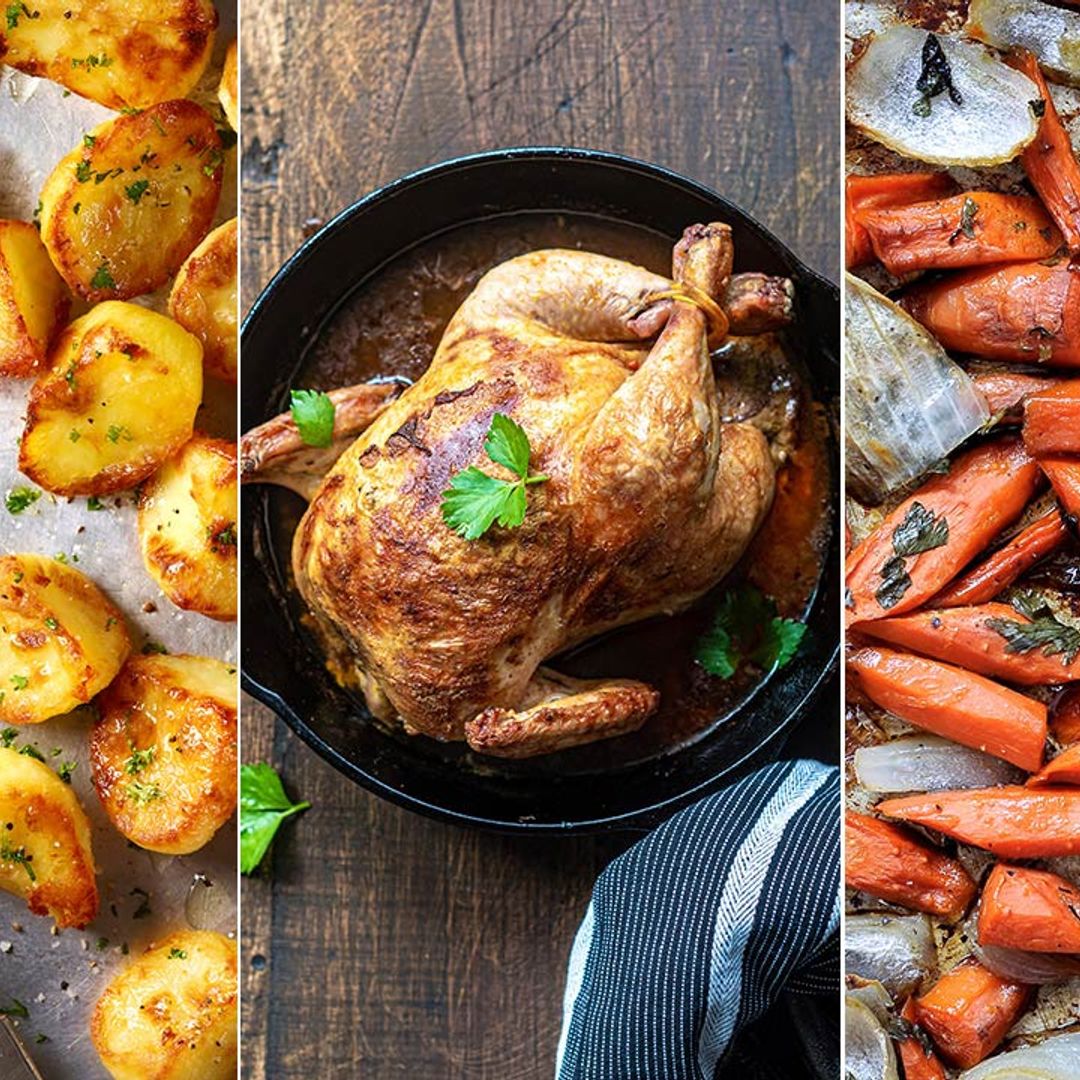With the festive season fast approaching, it's time to stock up your drinks' cabinet with winter warmers.
If you fancy a bold, fruity spirit then sloe gin might just be the tipple. Foraging time is upon us so get cracking if you want to make your own and have it ready in time for Christmas.
Sloes berries, the tart, tiny relatives of plums, can be found in hedgerows all over our countryside in blackthorn bushes which were historically grown to keep sheep in their fields. Some say they are best picked after the first frost but that can vary enormously from year to year.Jared Brown, master distiller at London-based artisanal distiller Sipsmith, gave HELLO! Online the lowdown. "A sloe is a cousin to the plum so the same rules apply to plums being ripe," he said. "Feel that it’s still firm but with a bit of juiciness to it, and if you look at the outside when it starts to get that white dusty look to it, that’s a really good ripe sloe.“Unlike other fruit, tasting them doesn’t tell you when they’re ready because even a perfectly ripe sloe is screamingly tart. They are full of vitamin C and they let you know it.”
In order to get maximum infusion from the spirit, it is best to freeze and bash the berries prior to adding the spirit rather than the time-consuming task of pricking each individual berry.“When you freeze them and bash them, it ruptures all of the cell structure very evenly and releases all of the great flavour that’s in it, versus pricking which only releases some.”
To make one bottle you need to be able to fill the bottle about a third of the way with sloes. If you don’t fancy foraging, Jared recommends Ebay as a good source: “With next day delivery they arrive fresh the next morning.”Given that this is a drink that combines just three simple ingredients, the amount of conflicting information in the recipe-sphere can be overwhelming.
Most recipes will tell you to add the sugar at the beginning but Jared warns against this method: “By putting the sugar in at the beginning you’re stopping the spirit from being able to pull the natural fruit sugars out as it’s saturated with sugar.“If you add the sugar at the end it gives you two wonderful advantages. Firstly you’ve got the naturally occurring sugars and so you add a lot less sugar and secondly because sloes vary from year to year you’re never going to make an overly sweet batch because you get to sugar to taste.”Turning the bottles is often mentioned sloe gin recipes. This is not essential to the process but it will distribute the colour evenly. Within three months you should get a deep ruby red. Taste as you go and top up with sugar if required.Although the berries will give much of the flavour it is still important to use a good quality gin as it will give a much smoother end result.Sloe gin can be enjoyed in many different ways. It’s great in champagne, makes a fiery autumnal gin and tonic and strikes a wonderful wintertime harmony with strong cheeses or chocolate-based desserts.
Gin buffs will love the wildly successful Sipsmith Gin Palace at London’s Langham Hotel. Their gin based cocktails, thought up by Sipsmith’s expert distillers and brought to life by the Langham’s talented mixologists, will quench your thirst for gin with a twist. After an evening there, with an opulent backdrop and with the buzz of live jazz, a standard G and T will never taste the same again. Jared's sloe gin recipe is flexible and simple. Not a gin fan? Try vodka instead.• You need a couple of good handfuls or ripe sloes. Freeze them in a bag and then bash them with a heavy weight such as a rolling pin.• Tip them into a glass bottle until they reach about a third of the way up. Top up with a good-quality gin and let them infuse for 8 – 10 weeks.• Store the bottle in a cool dark place and turn it occasionally to get an even colour distribution. Add sugar to taste when serving.Try shaking up a gorgeous gin cocktail at home:












